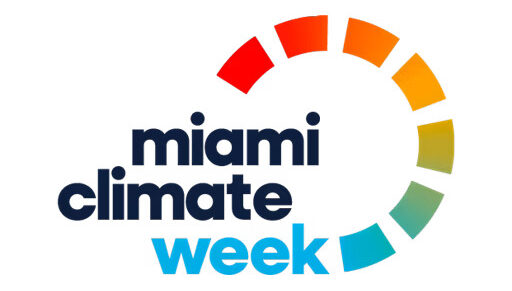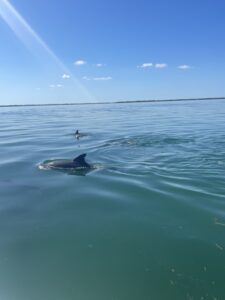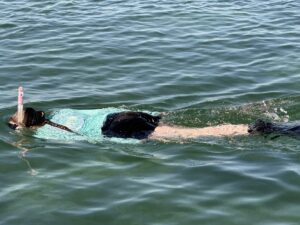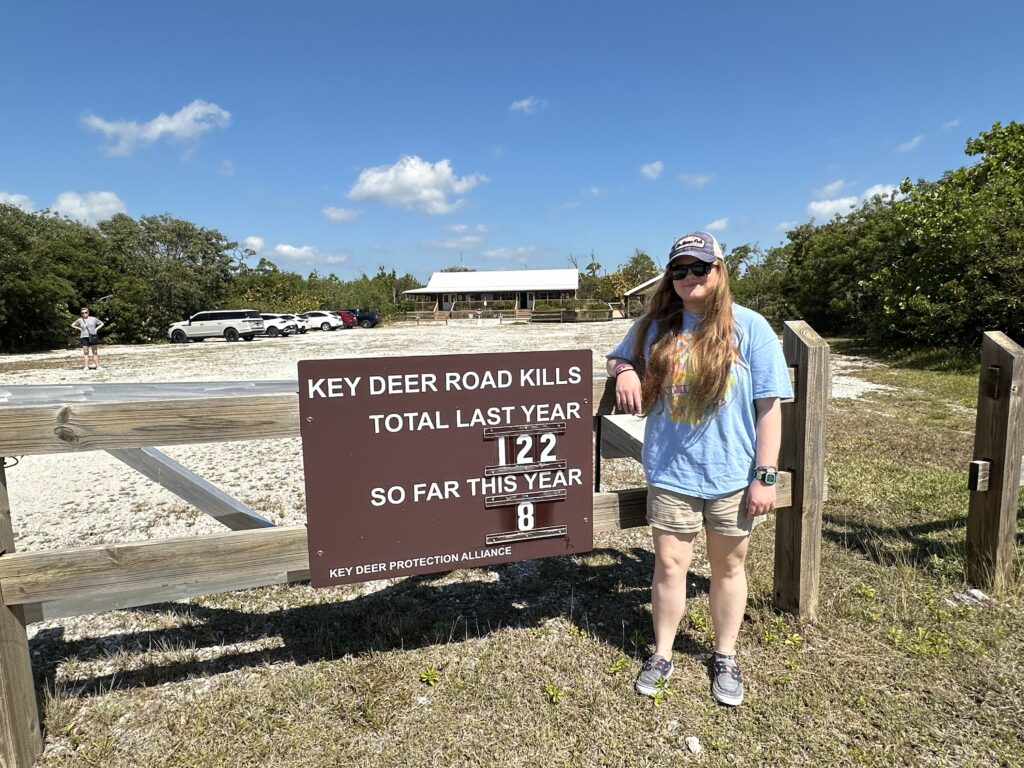Join Me For Miami Climate Week 2025
Miami is no stranger to rising tides, extreme heat, and the urgent need for climate solutions—but this year, Miami-Dade County is making history by hosting the inaugural Miami Climate Week. This groundbreaking initiative will bring together changemakers, scientists, policymakers, and community leaders to accelerate climate action in South Florida and beyond.
From March 25th to 31st, Miami will host a dynamic lineup of events, panels, workshops, and activations aimed at tackling the biggest environmental challenges of our time. Whether you’re an activist, entrepreneur, student, or concerned resident, this is your chance to be part of the movement shaping Miami’s future in a warming world.
I do hope you can and will join me next week and, as such, I’d like to share a few ways that I’ll be participating.
I am so very proud to share that the University of Miami’s Climate Resilience Institute is anchoring Miami Climate Week by hosting the inaugural Resilience 365 Conference on Monday March 24th and Tuesday the 25th at the University’s Lakeside Expo Center on our Coral Gables campus. This conference brings thought leaders and communities together to discuss solutions to our climate change crisis including climate tech innovations, financing resilience infrastructure, legal topics and ways to foster healthy communities in a warming world.
The speaker lineup at our Resilience 365 Conference next week is simply fantastic. Don’t wait, register today and get involved! To attend or learn more, please click here.
And, speaking of the Conference’s speakers, I’m incredibly honored to share that I will be participating in a few ways. On Monday March 24th, please join me for the Understanding Climate Litigation panel discussion at 3:15 pm in the Lakeside Auditorium. The amazing panelists joining me include Geoffrey Supran, Cinnamon Carlarne, and Katrina Kuh, and the discussion will be moderated by my friend and esteemed mentor Jessica Owley. I’m confident that it will be a stimulating panel about state, federal, and international climate cases and what they might mean to the future of our battle.
The Resilience 365 Conference will also be hosting a Youth Roundtable entitled Empowering the Next Generation where “students, professors, and professionals will engage and share experiences of creating meaningful action around their key interest areas. We will explore the gap between awareness and action, options for getting involved, challenges young leaders are facing, ways to keep calm while carrying on, and more.” I am proud to be serving on the University of Miami’s Climate Resilience Institute’s inaugural Student Advisory Council and would love to see as many young climate activists and concerned citizens join us for what I anticipate will be a lively discussion. If you’re attending the Conference and interested in joining the discussion, please reach out to me!
And if you can’t attend in person please consider following at MiamiClimate365.com.
And if our inaugural Resilience 365 Conference and Miami Climate Week were not enough, I am pleased to share that I have been chosen to present a TED-like Talk at the University of Miami Graduate & Postdoctoral Research Symposium on March 25th.
My talk, entitled Energizing the Sunshine State, will focus on part of my Ph.D. dissertation research that explores Florida’s lack of a renewable energy landscape, why 95% of Florida’s power is generated from non-renewable sources, and how we’ve allowed our fragile state get into such a mess. The talk touches on part of my recent research that will be published later this Spring by the Louisiana State University Journal of Energy Law and Resources. To learn more about the Symposium, please click here.
I am also excited to share that on Wednesday evening I will be moderating a panel discussion at the University of Miami following a public screening of the documentary film Razing Liberty Square. Our panel will include my dear friend, climate powerhouse extraordinaire, Caroline Lewis and my fellow Miami Hurricane and longtime friend Valencia Gunder.
Climate gentrification is a serious, growing issue here in South Florida. The documentary focuses on the lives of residents of the Liberty Square public-housing community after learning that their homes had become part of $300 million revitalization project that was proposed in 2015. It’s a fascinating look at what happens when a neighborhood located on some of the highest-and-driest ground in the region is targeted for new development and the fight over a new form of racial injustice: Climate Gentrification.
Join us on March 26th at 6:30 PM in the University of Miami Frost Seminar Room. Seats are limited to this free event so please register ASAP for what will be a thought-provoking and important discussion following the screening. To learn more and register, click here.
Miami Climate Week is more than just a series of events; it’s a CALL TO ACTION for everyone who cares about the future of our city, state, country, and our planet. Whether you’re attending expert panels, engaging in hands-on workshops, or connecting with local organizations and the people working hard to make a difference in our warming world, your participation matters.
This is our moment, your moment, to shape a more resilient, sustainable world from right here in Miami, ground zero in America’s climate change battle. So please plan to join me, mark your calendars, bring your ideas, and be part of the change.










